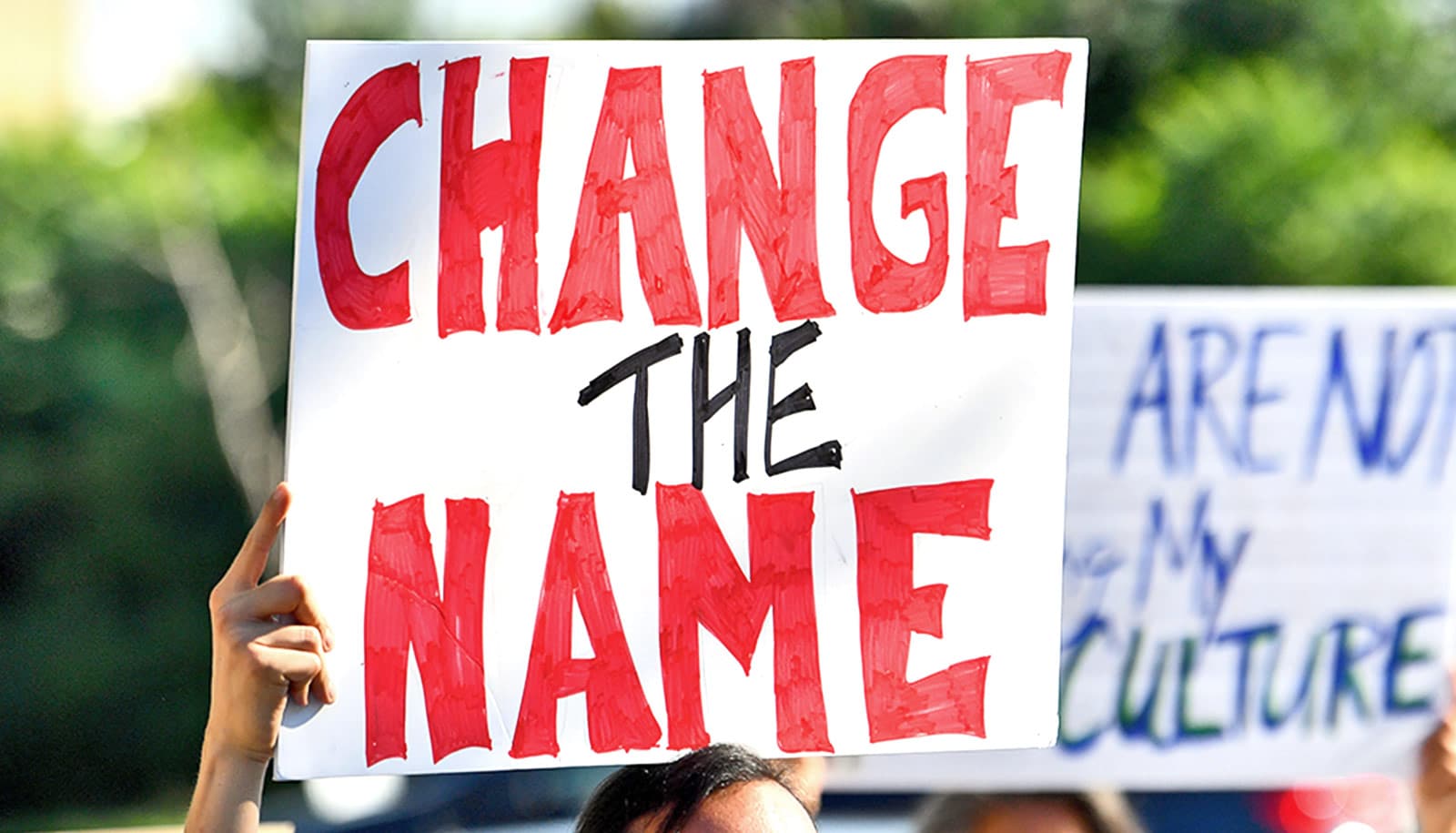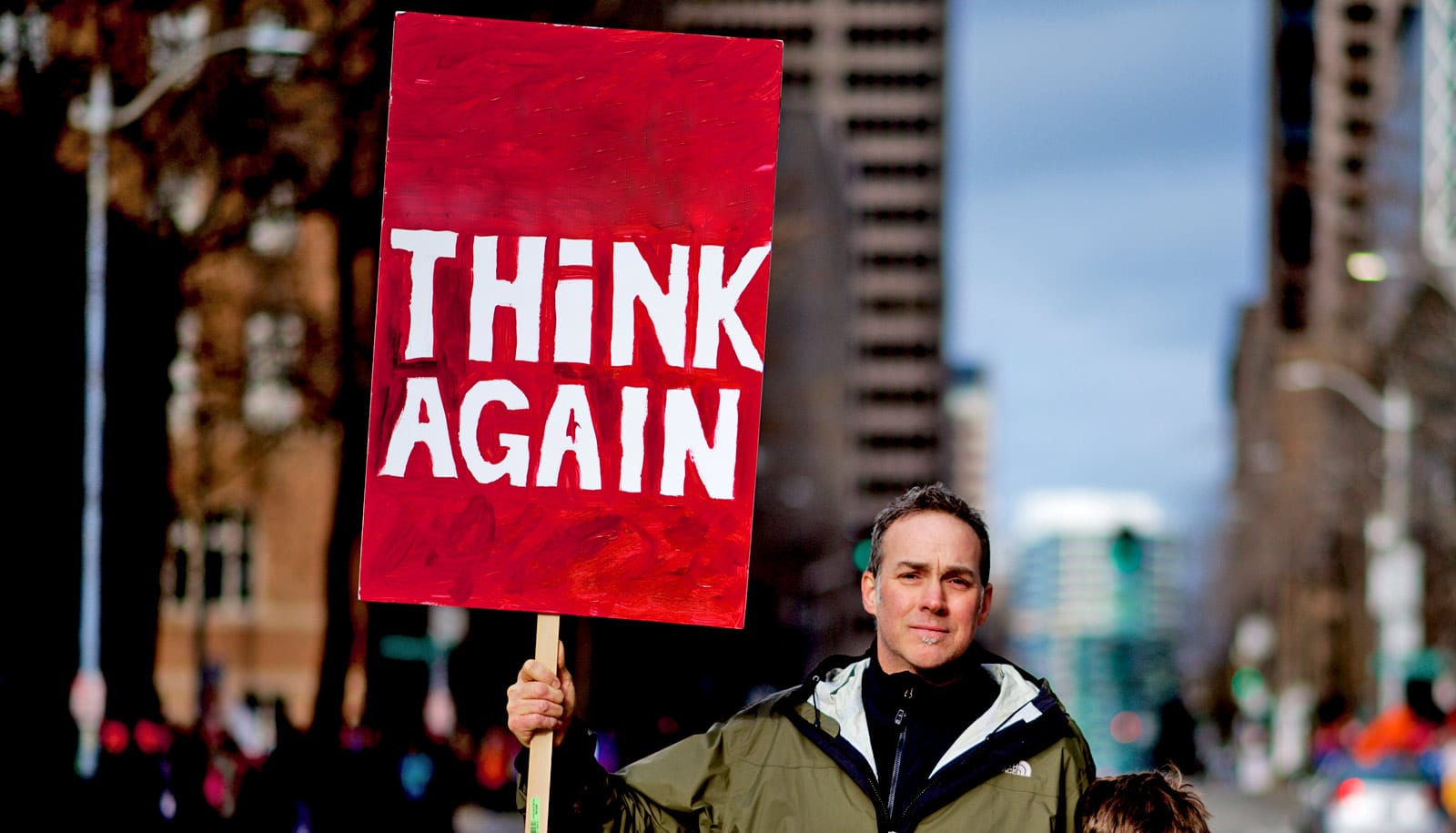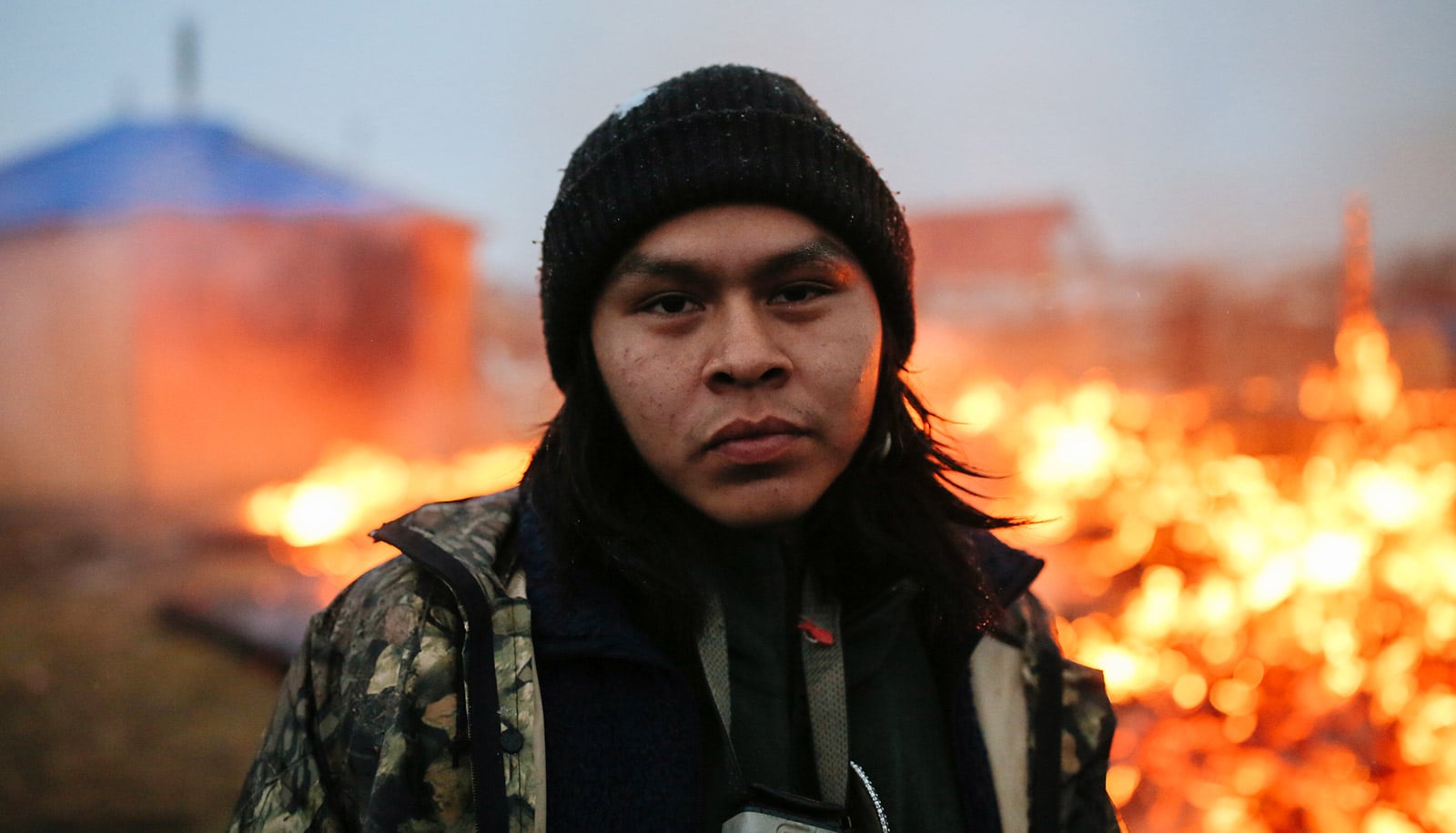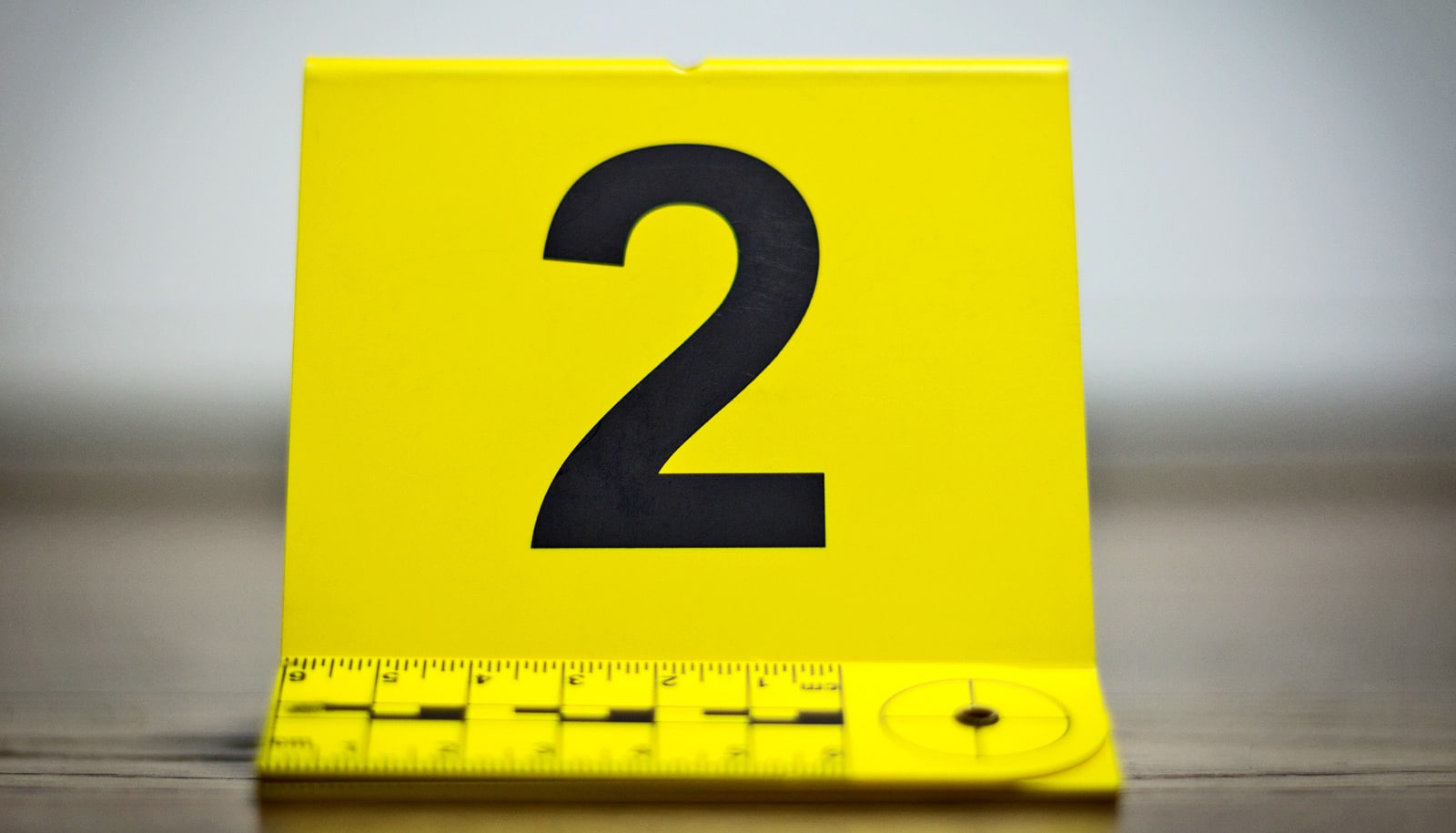When professional or college sports teams remove a Native American mascot, bias against Native Americans spikes, a new study shows.
Research has shown that Native American mascots provoke racist stereotypes and harm the self-esteem of Native youth. But what happens when a mascot is removed, as several college and professional teams have done?
“I remember seeing lots of racist reactions to the Cleveland Indians’ decision to discontinue their mascot ‘Chief Wahoo,'” says Tyler Jimenez, an assistant professor of psychology at the University of Washington and lead author of two studies in the journal Group Processes and Intergroup Relations. “This research tries to understand why some people react in this way.”
More than 2,000 mascots referencing Indigenous terms and images are estimated to exist in the US today, from high school to pro sports, including the Atlanta Braves, with their “tomahawk chop” chant that gained renewed attention during the 2021 World Series.
For the new studies, researchers surveyed people’s attitudes relative to the removal of two other well-known mascots: the Cleveland Indians’ Chief Wahoo, eliminated from uniforms and merchandising in 2018; and the University of Illinois’ Chief Illiniwek, discontinued in 2007. (The Cleveland Indians during the 2021 season announced a name change to the Guardians.)
The studies also explored the role of two related beliefs, namely racial colorblindness—the idea that race has no bearing on decisions or events—and worldview threat, an individual’s perception that the way society functions is under attack.
The research took the form of two separate online studies. The first, conducted in 2018, recruited a little more than half of its nearly 400 participants from Ohio and Maryland—where, at the time, two mascot-related developments had occurred.
The Washington Redskins had just announced they would continue to use their name and mascot, while the Cleveland Indians had just removed theirs. (The Redskins dropped their name and logo in 2020 and are known as the Washington Football Team.)
The study posed a fictional legal dilemma for participants to read about—vandalism, committed by a Native American, at either the Cleveland ballpark or Maryland stadium; or, as a neutral scenario, vandalism at the Kansas City Royals ballpark related to ticket price hikes. Each participant was randomly assigned one of the readings and asked to recommend bail for the arrested perpetrator.
Results showed that Ohio residents set the highest bail in the Cleveland case—substantially higher than the other scenarios, and when compared to participants from other locations. Maryland residents set only a slightly higher bail for the case in their home state than they did for the Cleveland or Kansas City scenarios.
The findings suggest that prejudice against Native Americans might increase in areas where a mascot has been removed, Jimenez says.
The second study relied on the use of hundreds of thousands of responses from Project Implicit, an online platform for collecting data about bias and educating about prejudice and stereotypes, co-created by Tony Greenwald, an emeritus professor of psychology at the University of Washington. Among the many topics Project Implicit covers are ideas about and bias against Native Americans.
Jimenez’s study used datasets from Project Implicit participants nationwide between 2004 and 2019, and two smaller subsets: one from the year before and after the removal of Chief Wahoo in Cleveland, and another from the year before and after the removal of Chief Illiniwek at the University of Illinois.
Based on responses to Project Implicit questions, prejudice against Native Americans increased in the year after a mascot was removed—specifically among Ohio residents after the discontinuation of Chief Wahoo; and, after the removal of Chief Illiniwek, among residents not only of Illinois, but also among those of all other states.
That may have been due, Jimenez and his coauthors write, to the fact that the NCAA, not the team, made the decision to discontinue the mascot, which affected teams across the country because it banned any team with a Native American mascot from appearing on TV.
Over time, evidence of anti-Native American prejudice in Illinois declined, suggesting that a spike in such attitudes following the removal of a mascot might not last, the authors write.
The increase in racism, however temporary, should not be seen as a reason to retain Native American mascots, Jimenez says. Instead, these findings could inform how to approach removing mascots so as to mitigate racist attitudes and actions.
“Native people have been pushing sports teams to stop using Native ‘themed’ mascots for decades. Adding to this push, our findings suggest that more needs to be done,” Jimenez says.
“In addition to removing these harmful mascots, we should prepare for backlash by developing prejudice reduction interventions and directing resources to Native people, tribes, and other organizations.”
Additional coauthors are from the University of Missouri.
Source: University of Washington



